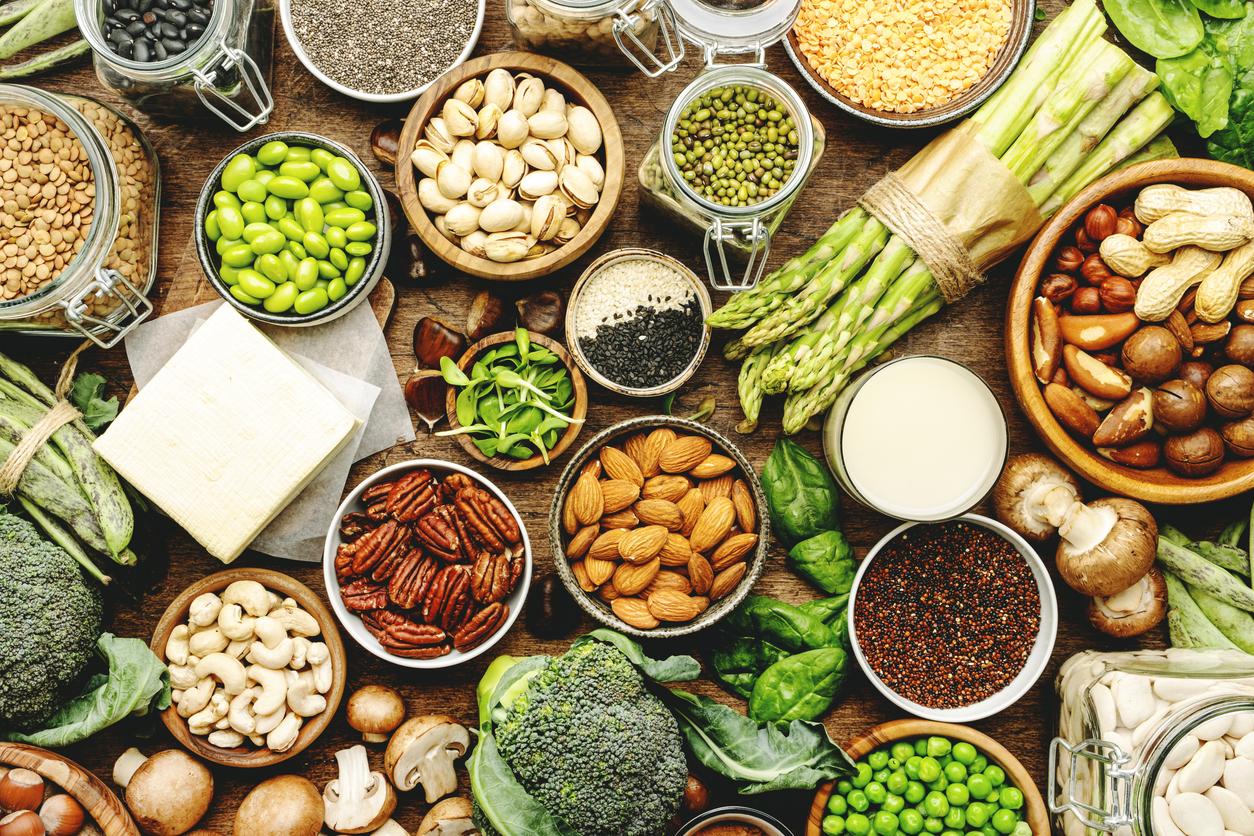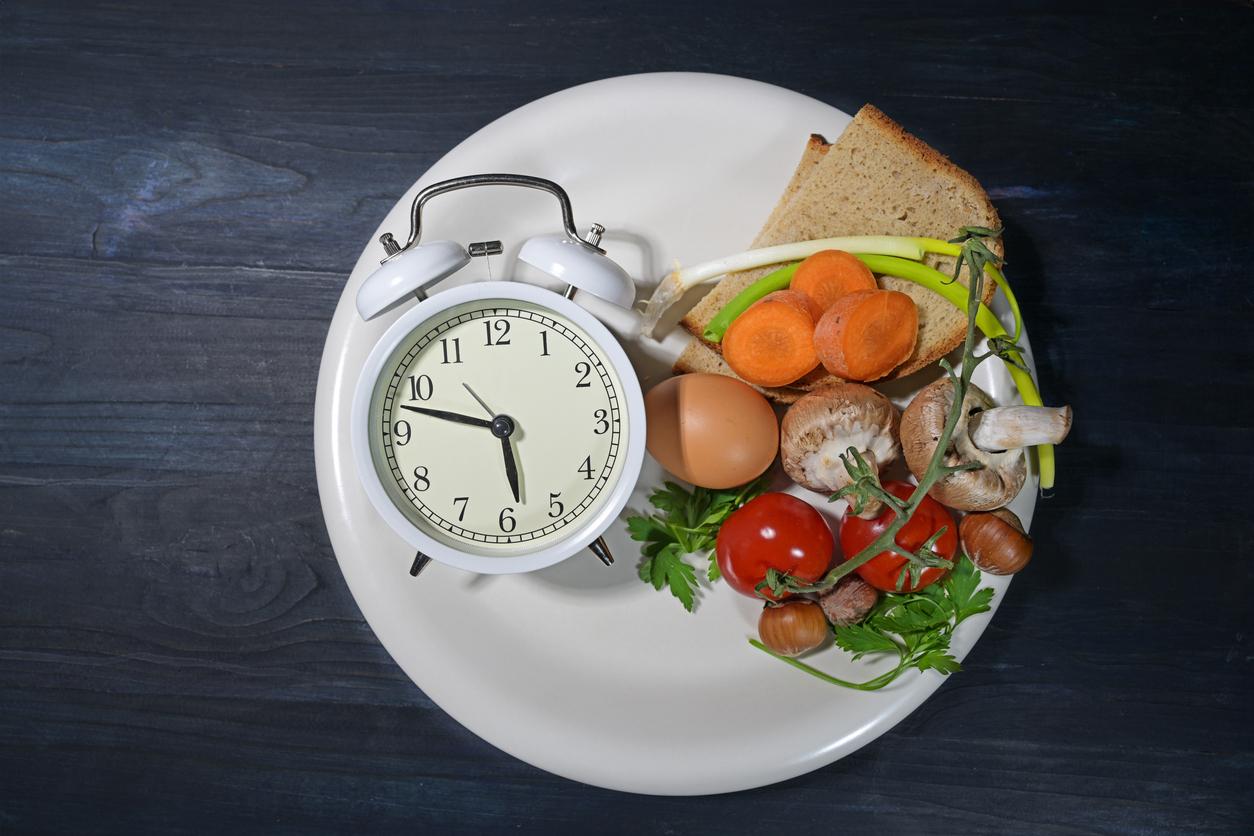Are you one of those people who are lactose intolerant or want to reduce their milk intake? So the lactose free diet may be for you, but let me show you some tips to reduce or even eliminate your consumption of dairy products!
Milk is increasingly criticized for health. Rightly or wrongly, some people observe benefits on their health at the elimination of cow’s milk and dairy products in the diet, or simply prefer to limit them for reasons of taste, comfort or conviction.
However, removing dairy products from the diet implies some adaptations to avoid the appearance of deficiencies. Dairy products are the primary source of calcium in the diet and also supplement our protein intake.
For calcium, let’s not forget that fruits and vegetables are the 2nd power source. They should not be neglected and should be present at each meal. Oilseeds are also a good calcium supplement. Nuts, hazelnuts or almonds can be integrated, counting about 8 g to replace a dairy product. They will also provide good quality fatty acids so the famous omega-3.
Lactose Free Diet: Drinks
Plant-based drinks and plant-based desserts are increasingly present on the shelves. There are vegetable drinks made from soy, oats, almonds, rice, quinoa… The protein, carbohydrate and lipid contents of these products vary greatly from one product to another.
We prefer first of all nature products. The vanilla, chocolate, caramel versions … sometimes proving to be excessively sweet. We will also check the calcium enrichment which is common, but not systematic.
Lactose Free Diet: Let’s Explore Soybeans
There are many soy desserts in a lactose-free diet. The name “yogurt” for these desserts is unconventional. Plain soy yogurt enriched with calcium is characterized by its low caloric intake (51 kcal per 100 g jar), for less than 3% lipids, values comparable to natural yoghurt made from cow’s milk.
he is also a source of vegetable protein non-negligible with 4.6% protein. It does not contain cholesterol or lactose. However, we will keep an eye on all the chocolate, vanilla and even fruit variants which remain sweet products closer to a dessert cream.
Soy in terms of protein quality remains the product most recommendable in a lactose-free diet. The nature of polyunsaturated fatty acids is also better than that of cow’s milk. As regards the other vegetable drinks, they are integrated into the diet by alternating them, as their compositions are variable and far removed from milk.
Alternative to the lactose-free diet
If, however, you don’t want to follow a strict lactose-free diet, but just want to reduce your intake of dairy products, then here are a few tips to help you eat better!
Take the case of yogurts for example. To choose your yoghurts, here is the elements to take into account:
- The size of the pot:
It tends to grow more and more and distorts our consumption benchmarks. 1 jar of 125 g is a standard size. As soon as you go to 150 or even 180 g, the caloric value per serving increases! - Sugar additions:
In plain yogurt, we simply reach 5 g of sugar which is none other than the lactose in milk. In compound products and drinkable yogurts, there is a tendency to add excess sugar. These products, often intended for children, can condition them to taste like sugar. With for example 11 g of sugar / 100 g, if the pot of a liquid yoghurt is 180 g… you quickly reach 4 lumps of sugar per portion! These flavored and fruit yogurts are also often rich in additives, aromas … but little in fruit! - The ferments:
The probiotics in yogurt are good for transit and have many other benefits. There are also yogurts with different ferments, which can have beneficial effects on the digestive level with varied flavors and sometimes sweeter and more pleasant for consumers. - The type of milk:
Milk from cow, goat, sheep… you can vary! But let’s try either to stay on 0%, or not to exceed 4% lipids. Beyond that it is excessive!













